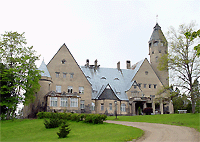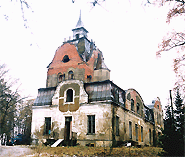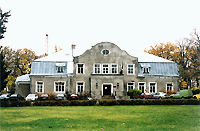|
|
 |
 |
|||||||
 |
|||||||||
|
|
|||||||||
|
Start page
Sitemap Medieval fortified manor Medieval wooden manor Old Baltic style Renaissance Baroque Late baroque / early classicism Classicism Historicism Art Nouveau Heimat style Various meanings of manor Types of manors Manor complex Estonian manors |
|

Estonian manors 
Estonian manors Tiina Hendrikson Estonian manors Estonian manors 
| |||||||
|
| Copyright 1999-2021 © Estonian Academy of Arts. All Rights Reserved Translation © 2006 Estonian Association of Masters in Conference Interpreting and Translation Without limiting the rights under copyright, no part of this website may be reproduced | ||||||||


